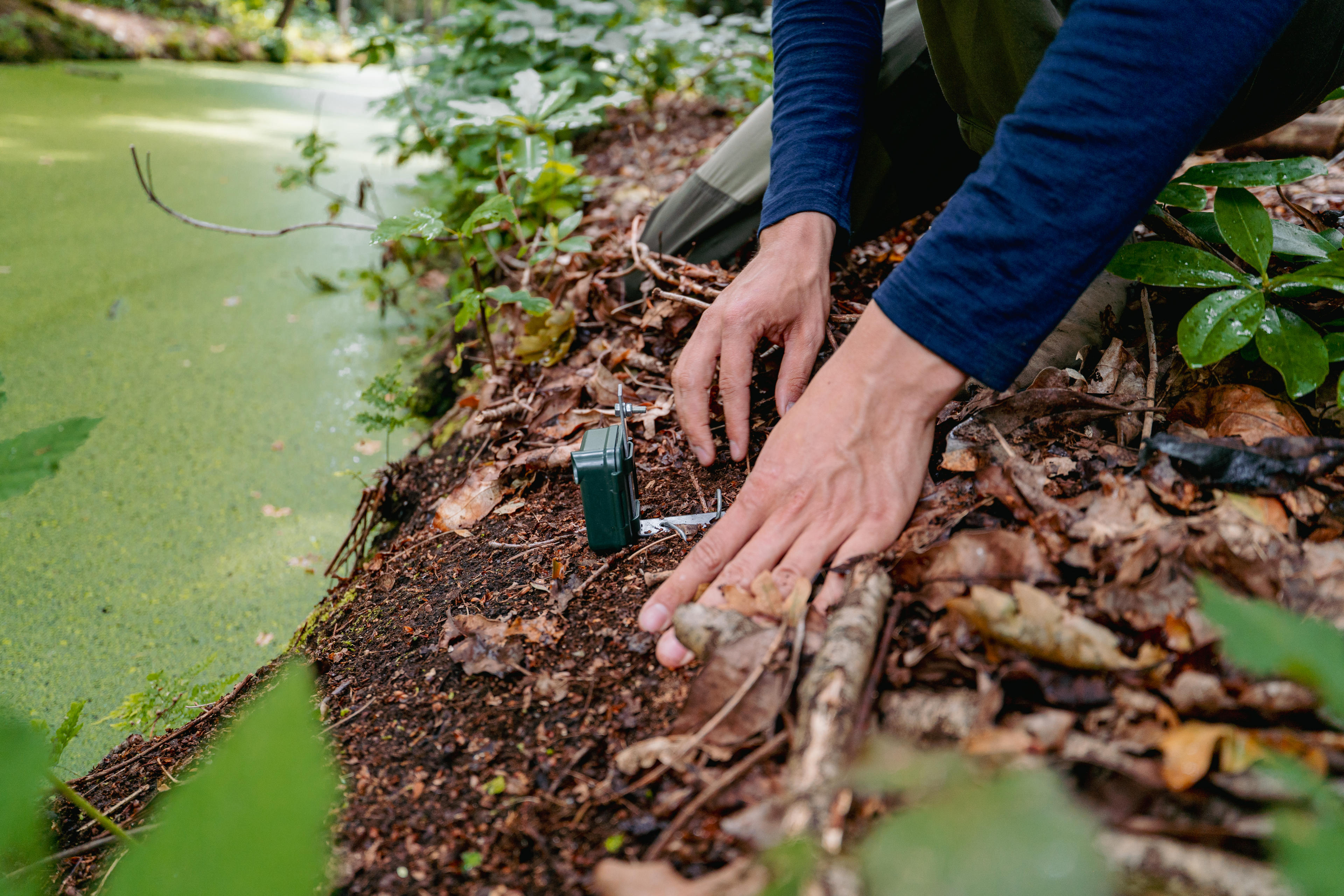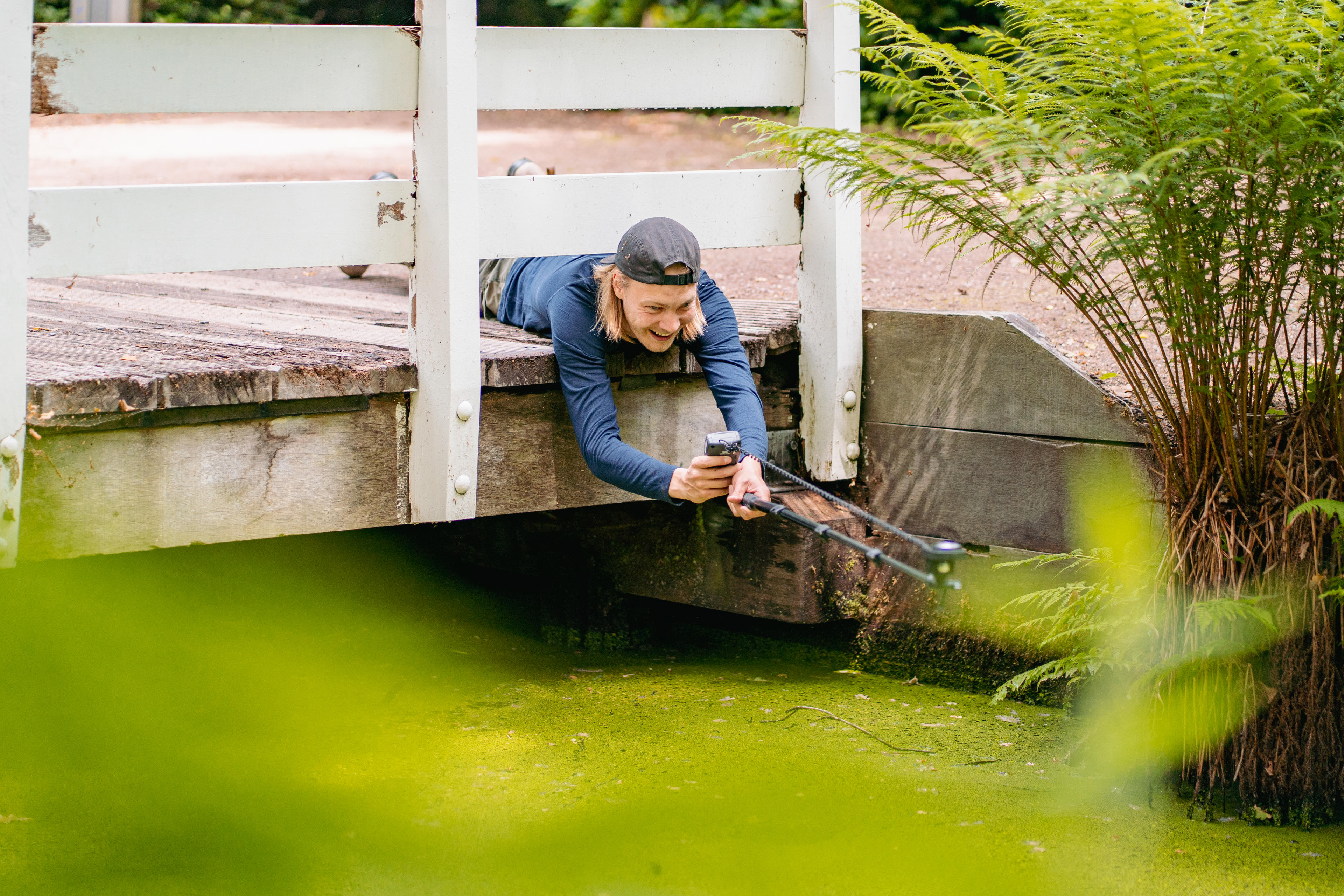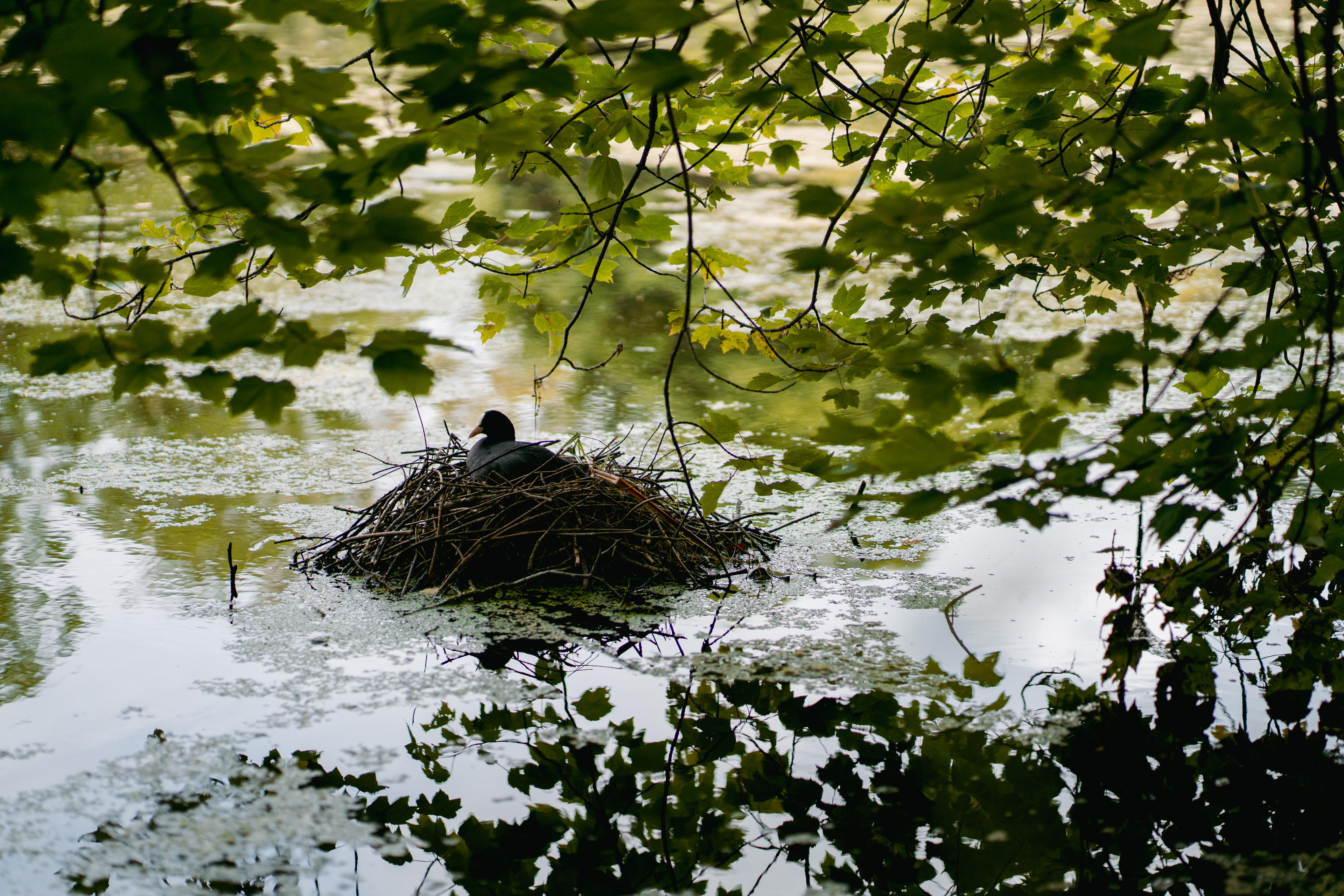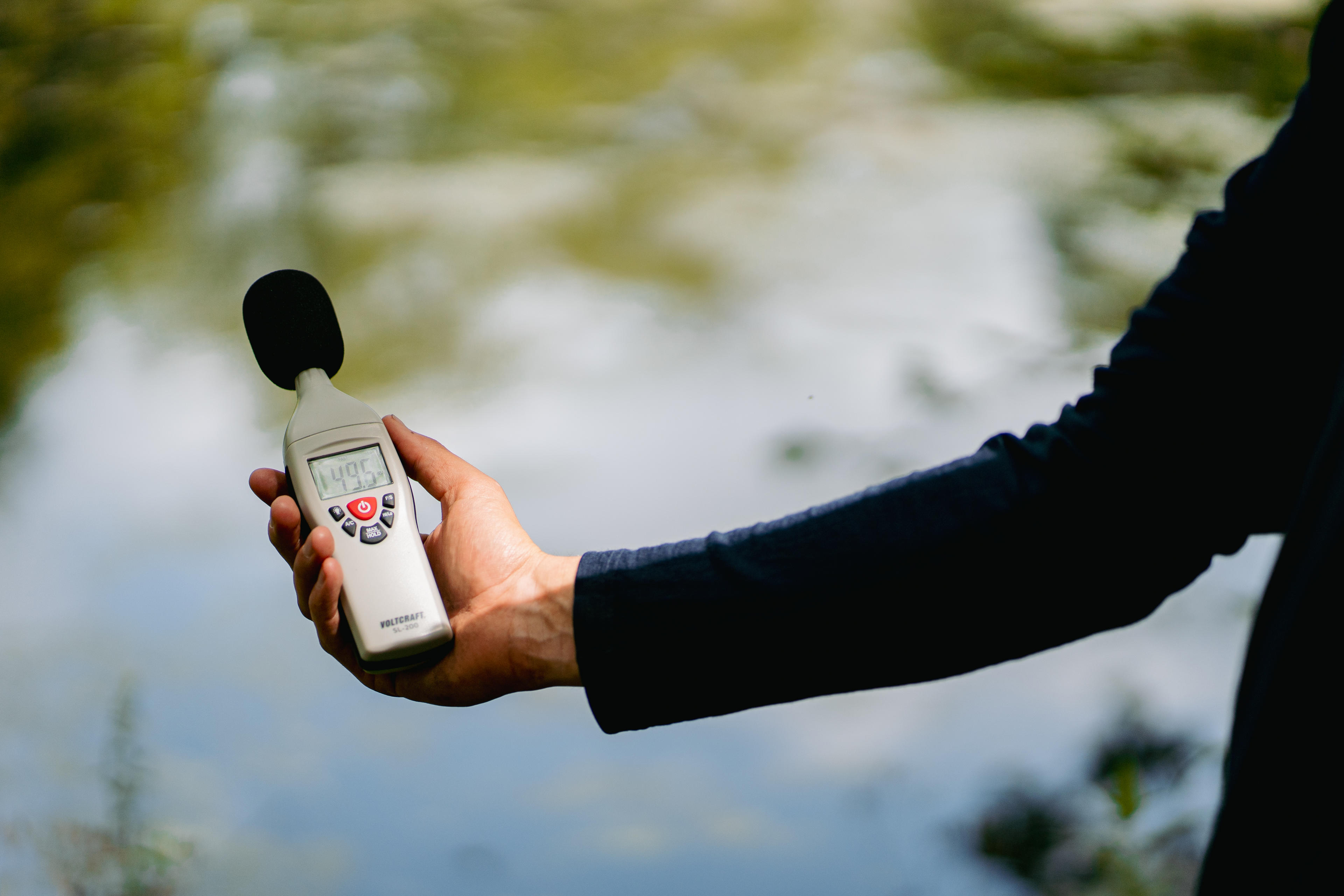Sebastiaan Grosscurt
Being a better neighbour to the nature around you

Sebastiaan Grosscurt is driven by a deep desire to understand the nature around us. ‘Nature plays a central role in society, but we tend – or choose – not to see it.’
‘As a researcher, I try to satisfy my hunger for discoveries about nature. It’s like piecing together a puzzle to learn more and more about the natural world. I think nature should play a more central role in society, and I work toward that in various ways: through research and storytelling – I’m a freelance journalist as well as a researcher. Nature is central to our lives, but we tend – or choose – not to see it.’

What is the impact of light and noise?
Sebastiaan, a behavioural ecologist, has researched coots in eight locations across The Hague (and in other cities in the Randstad area), focusing on the interactions between light and noise. What sounds do coots make, when do they make them, and how do light and noise affect their behaviour? ‘Are coots more active at night because traffic noise keeps them awake?’ says Sebastiaan. ‘Or is it because they’ve built their nests under lampposts? Or is it a combination of both?’
Sebastiaan seeks the perfect mix of locations in The Hague: places with little light or noise, places with light but little noise, places with noise but little light and places with both. ‘I’ve spent many a night wandering through The Hague setting up microphones and measuring light levels – at Clingendael Estate, De Koekamp, Escamplaan and Park Meer en Bos, to name but a few.’
Ideal city for this research
The Hague is the ideal city for Sebastiaan’s research. ‘It’s a sprawling city where you can find a wide variety of conditions: quiet spots, dark corners and plenty of space, which means coots are everywhere you go. I wanted to do the same research in Rotterdam but failed: I couldn’t find a single quiet spot.’
And why the coot? ‘Because no other bird has adapted to city life quite like it. They build their nests anywhere – in the light, in quiet places. I knew for sure I’d find a coot’s nest under all the conditions needed for the research.’
Human-animal connectedness
Why is this research so important? I want to show the connectedness between humans and animals. A coot’s life on a canal isn’t separate from our life on the street. Every sound we make and every light we switch on affects the animals around us. We share the city with them, which makes it important to understand our connection.’
The research is also valuable for urban planners and policymakers. How do you reduce light and noise pollution in cities and care for urban nature? ‘Take, for instance, the iconic Berlage lampposts in The Hague that shine light in all directions. Lovely to see, but they unintendedly illuminate plants and animals.’
Turn off the lights
There is still a long way to go, says Sebastiaan. ‘Why are all the shop and office lights left on at night? It’s a waste of energy and it disrupts human and animal sleep. The same goes for your home. Take a look at your garden or inside your home: do your lights need to be on? Light has a big impact on our health and the lives of animals. This is how you become a better neighbour to the nature around you.’
-

Fieldwork by Sebastiaan Grosscurt -

-

-

Text: Margriet van der Zee
Photography: Wilke Geurds

